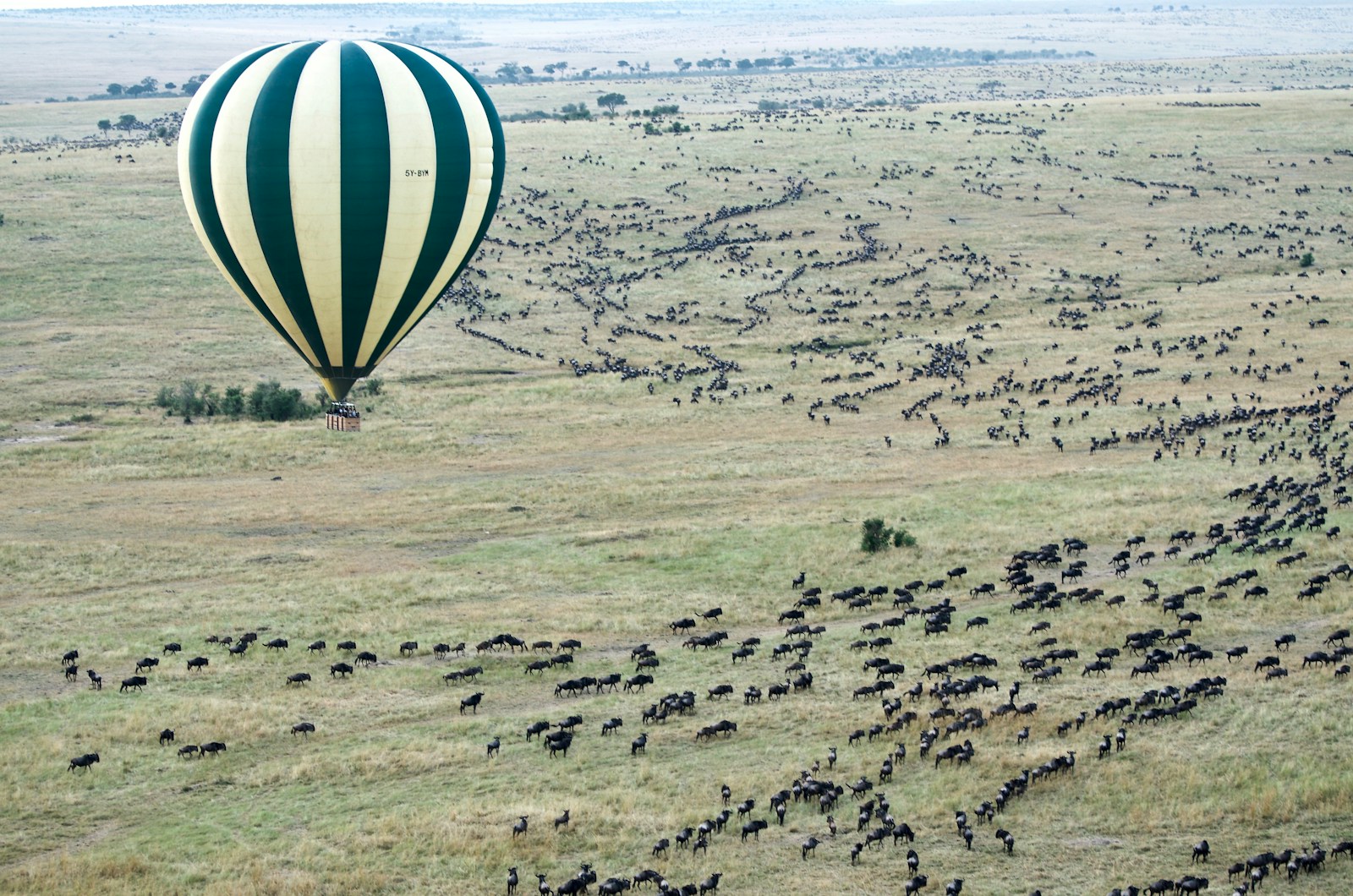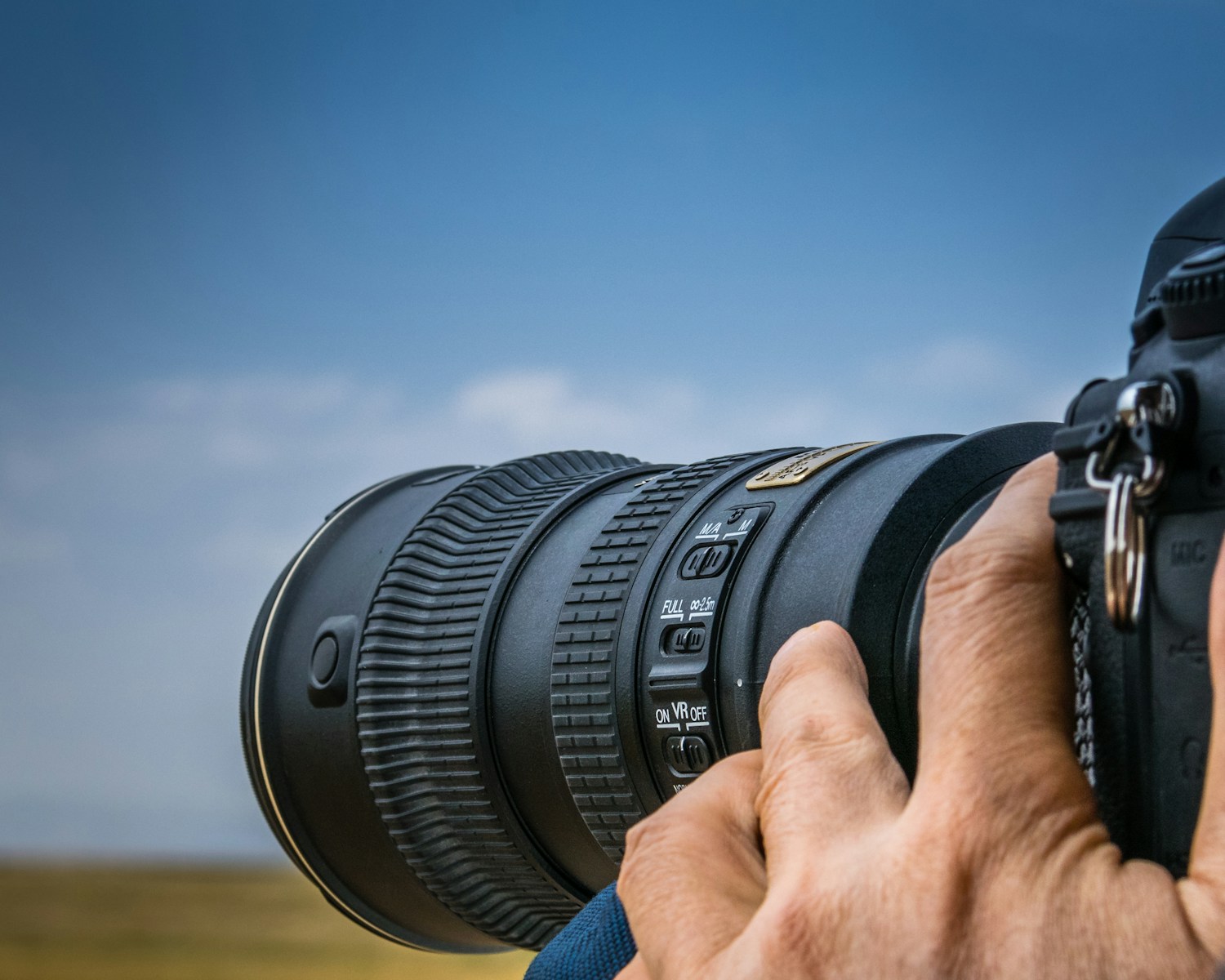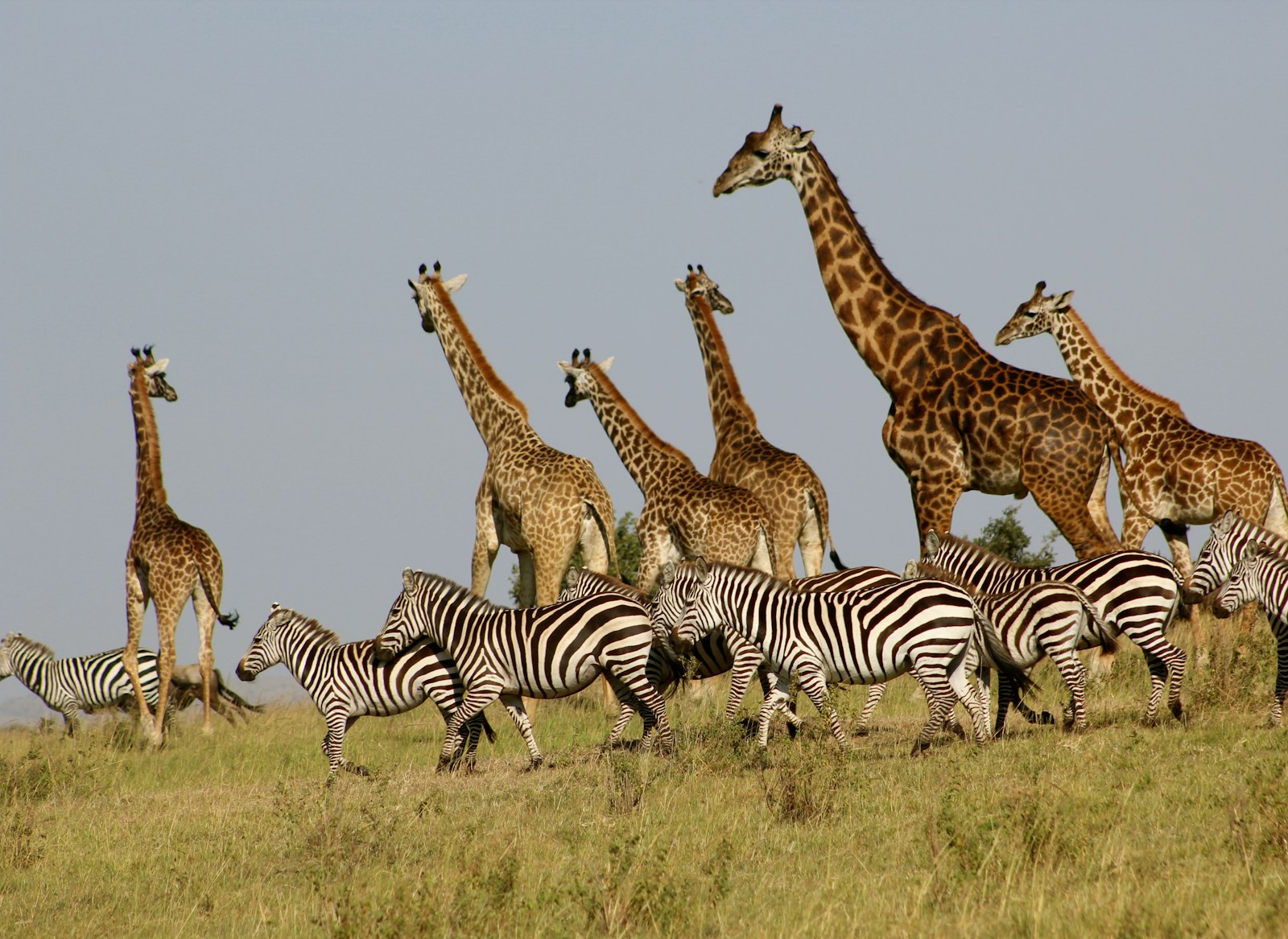
A Guide to African Safari Seasons: When to Go and What to Expect
Choosing the right time for your African safari is essential to ensuring a memorable experience. The continent’s diverse landscapes and wildlife offer something unique in every season. Whether you’re dreaming of witnessing the Great Migration, encountering newborn wildlife, or exploring lush, green landscapes, this guide will help you decide when to plan your adventure by comparing wet and dry seasons and highlighting key seasonal events.

